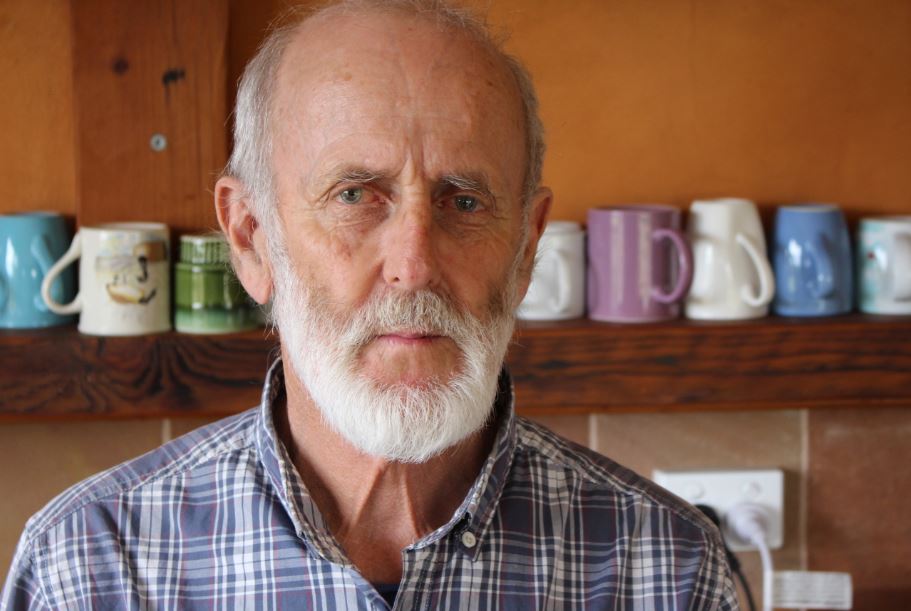
Koala Wapengo 2016. Photo: John Marsh.
Wondering how the Far South Coast’s fledging koala population is going? A workshop tomorrow, November 6 at Tanja is a good place to get answers and join the conservation effort.
“There was a koala sighting on Doctor George Mountain Road about two months ago,” says National Parks Threatened Species officer, Chris Allen, who has been studying koalas for about 25 years “and our annual monitoring program shows no dramatic change in population numbers.”
Chris and his colleagues are surprised to see no change in the numbers and they’re not sure why, despite ongoing annual monitoring.
“There has been profound change in what we do in koala habitat over the last 50 years, there’s far less logging, mining and shooting, so it may be that the population just needs more time to recover enough to grow.”
Pointing to two regional koala populations as examples, Chris says he is hopeful for the South Coast population, which currently comprises 30-60 animals.
“On the Southern Tablelands, east of Cooma, and in the Strzelecki Ranges in the West Gippsland region of Victoria, the same survey methods we use on the coast show much higher populations. Around Cooma, we’ve found scat at 45% of the survey sites and the impacts on the population were much higher 100 years ago than they were on the coast.”

Chris Allen, OEH Threaten Species Officer. Photo: Ian Campbell.
Nationally, the biggest threats to koalas are climate change, urbanization and especially fire, Chris says.
A workshop funded by the NSW Koala Strategy was held in Bega in February and a local steering committee has grown out of it, known as the Koala Action Network, funded by the Landcare Association.
The workshop sort to draw upon a diverse group of people to engage the community, advocate for koalas and foster inter-agency co-operation in helping to conserve local koala populations.
“The workshop identified areas that the community can contribute,” Chris says “including guiding areas of tree planting around koala habitat, establishing watering points and holding a koala care workshop through Potoroo Palace.”

A koala from Merimbula wildlife sanctuary Potoroo Palace is released in Wapengo in 2016. Photo: John Marsh
But what Chris would like to see most is more cultural burning, which he says will mitigate the biggest risk to recovering populations – fire.
“Dan Morgan [Local Land Services] and his crew have been working in the Murrah Flora Reserve, where we know there are koalas. Cultural burning is different from hazard reduction burns, it’s more frequent and a lower intensity fire. There’s a lot of prep work that goes into it.”

Koala in the Murrah Flora Reserve near Mumbulla. Photo: Dave Gallen
With Chris aiming for retirement from his “very” part-time position at OEH in 2020, the Koala Action Network will be a key part of continuing efforts to monitor and advocate for koalas in the Bega Valley and Eurobodalla.
“I’m happy to hang up my boots next year and continue the work as an interested community member,” Chris says.
Come along to the workshop tomorrow – November 6 to learn more, but drive carefully on Doctor George Mountain Road, where koalas are sighted “fairly often,” according to Chris.
The Koala Action Workshop is at Tanja Hall from 10:00 am to 3:30 pm.

Bushfire is the biggest threat to koala populations, according to Chris Allen. Photo: Supplied.






